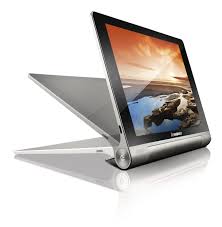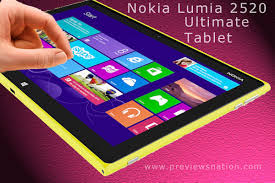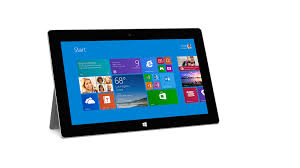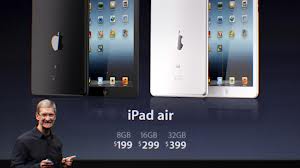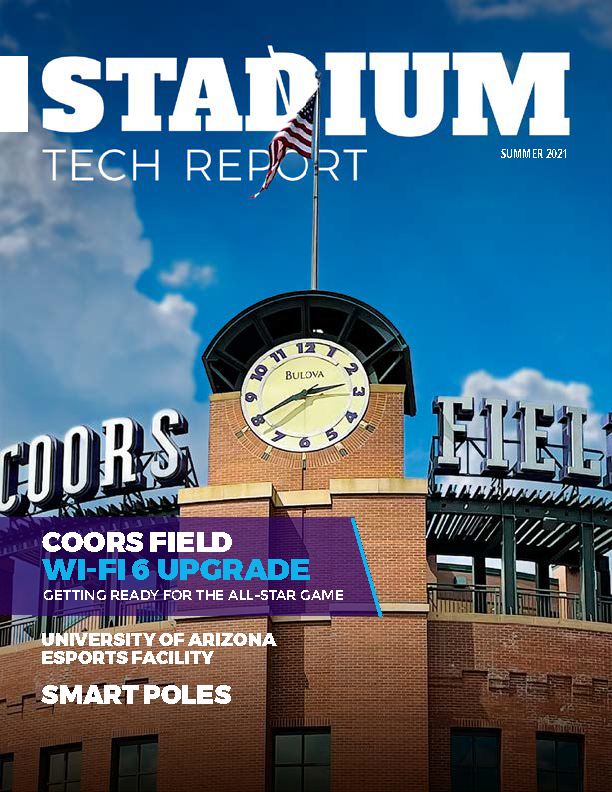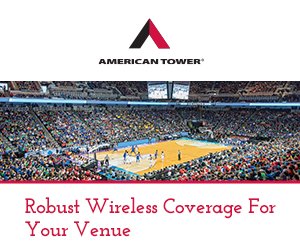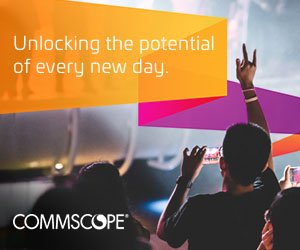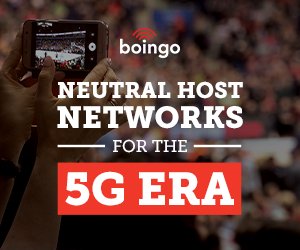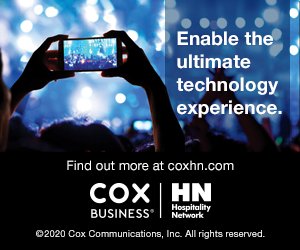If you fondly remember red, white and blue basketballs then this is probably great news for you — ESPN Films is going to explore the history of the American Basketball Association in its latest 30 for 30 documentaries.
One of the few leagues that, at least semi-successfully, challenged an incumbent one, the ABA ran from 1967 until it merged with the NBA in 1976. It helped bring a new degree of flash into the NBA with freewheeling players such as Julius Irving.
Android KitKat and Nexus 5 here
The next generation of the Android operating system, code named KitKat and the Nexus 5 smartphone that is the first device to run the new OS are here this week.
CNN Tech has a nice roundup, and points out that LG will be making the phone that is expected to have a 4.95-inch display with 1920 x 1080 resolution and have the latest generation of Gorilla Glass 3 for the front cover. Expect to see a new generation of tablets and phones with the OS in the coming months.
Few tablets have paid cellular
When you look at the price for a tablet you often see two figures: one that lists the Wi-Fi only cost and one for having 3G or 4 LTE cellular as well, which is often at least $100 more. A recent study from theConsumer Electronics Association shows that few use cellular.
The survey found that only 29% of tablet owners buy cellular enabled tablets and of these only 49% buy a data plan. Of those who buy it is almost split evenly between those that buy a separate plan for the tablet and for those who bundle.
CEA to debut WristRevolution at 2014 International CES
With Samsung, Sony, Google and a host of others now chasing the ‘wearable tech’ space the International Consumer Electronics Show will have a section that is devoted to products and technologies coming out for this market segment.
In the past products that perform some of these functions such as health monitors/wrist watches would be found across the huge show floors but now they will be gathered into a single area so that both hardware and software developments can be easily tracked.
First ticket for wearing Google Glass?
Speaking of wearable technology it is being reported that a California driver was ticketed for wearing Google Glass while driving. The officer cited a law that starts with “person shall not drive a motor vehicle if a television receiver, a video monitor, or a television or video screen, or any other similar means of visually displaying…” They were also speeding.
John Sculley to buy BlackBerry?
Former Apple and Pepsi CEO John Sculley is now being rumored to be in the running to buy the beleaguered smart deceive manufacturer BlackBerry, according to a report carried in the IT Wire, originally from the Globe and Mail.
Sculley is probably best known for pushing out Steve Jobs, one of Apple’s founders and the man that recruited him for the job while at Apple. He has been active in high tech since leaving Apple and is said to be working to bring a group of investors together to buy BlackBerry.

